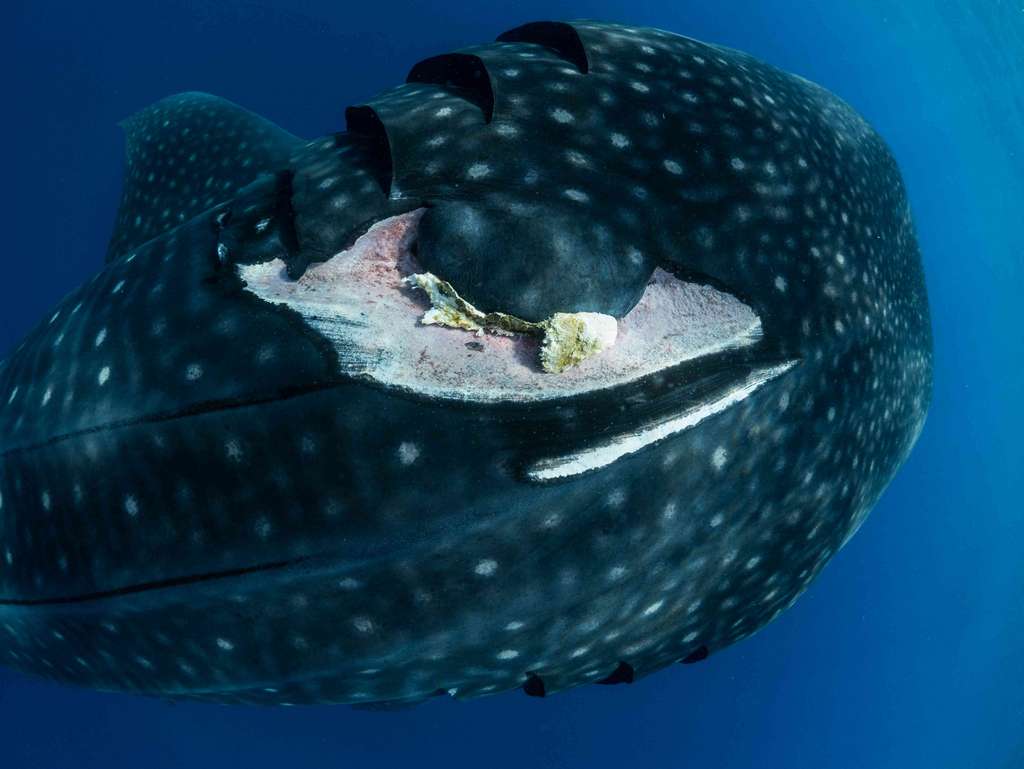The nature of the greatest travelers of the seas is no longer, for a few decades, what we believe. Cargo ships and tankers rival the largest inhabitants of the oceans in size, including whale sharks whose numbers are mysteriously decreasing despite international protection measures.
The whale sharks Rhincodon typus are the biggest species of ” Pisces (chondrichthyans) current because some specimens can measure up to 20 meters long. They are emblematic of the beauty of marine organisms but also of their fragility in the face of anthropogenic activities. The IUCN red list class indeed R. typus as a species in danger of extinction and the number of these giants planktivores continues to decrease despite strict regulation of the trade in its meat and fins since 2003. The hypothesis of collisions of individuals with large ships has just been evaluated on a large scale and the results are published in PNAS.
The same places of frequentation
The study authors were able to track the movements of several whale sharks, which they compared with the frequentation areas of large ships. They indicate that 92% of the horizontal area used by R. typus is also frequented by these vessels (>300 tonnes) and that almost 50% of the depth used by these sharks is also common to that of these ships.
Areas frequented by whale sharks and large vessels are where sharks most often die from collisions and these include coastal gulfs. The authors also indicate that the last known position of many whale sharks is in an area with a high risk of collision.
The last position records of these individuals appear to indicate that the bodies sank to the ocean floor after the individual was involved in a collision. This would explain the fact that the workforce of R. typus continue to decline despite protective measures and without the bodies of the victims being found. The authors therefore call for the implementation of protective measures against these collisions, in a world where maritime traffic continues to increase.
Interested in what you just read?


